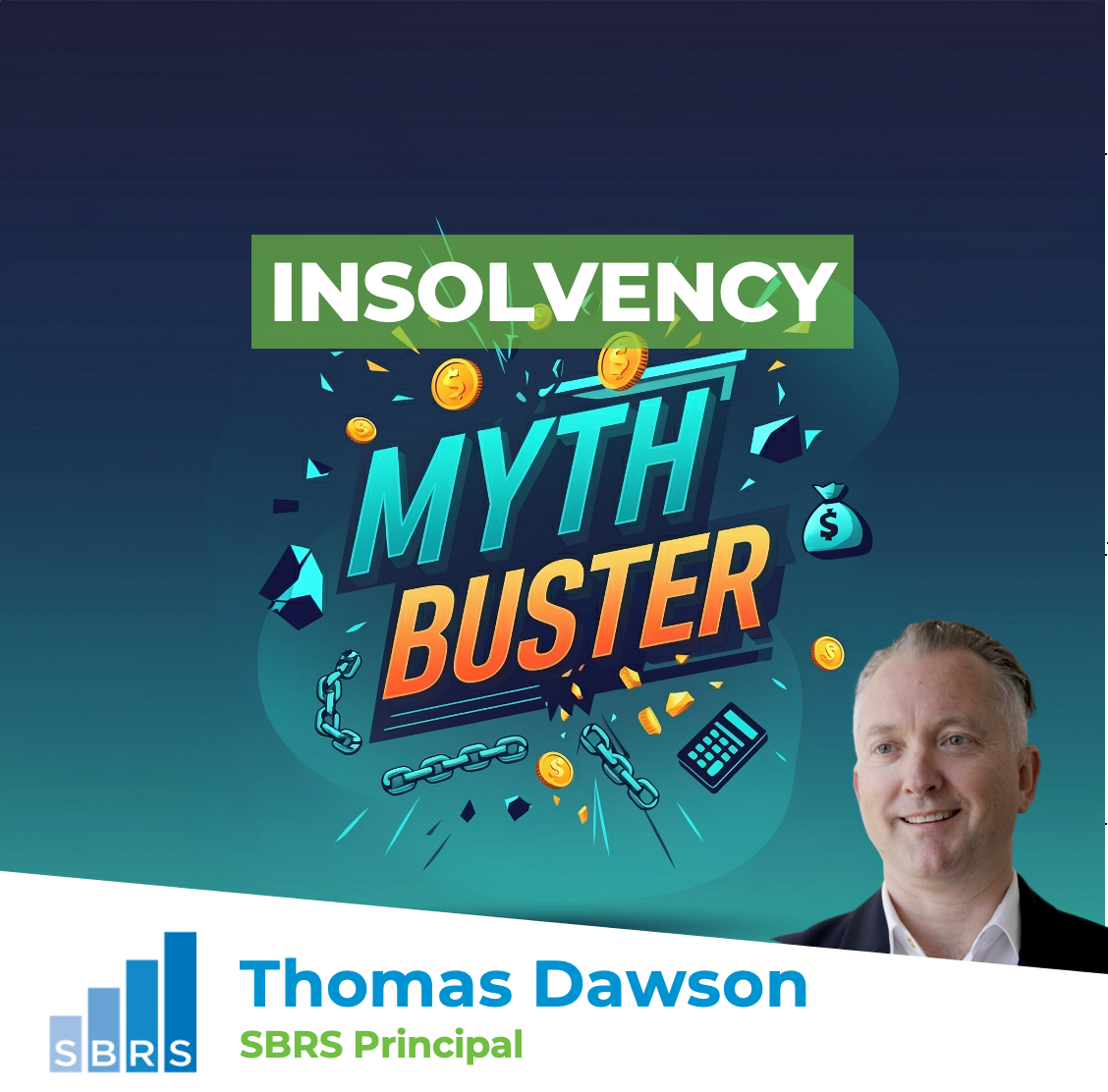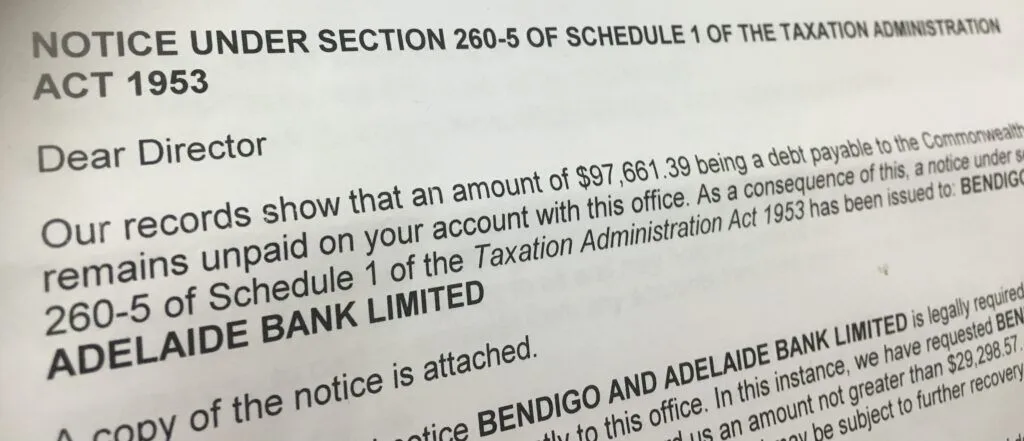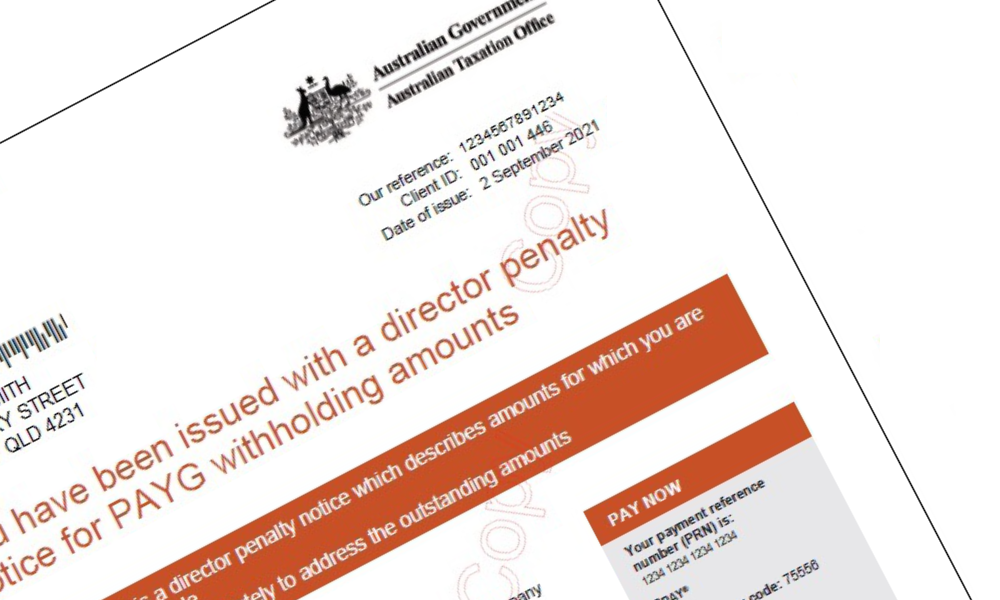Top 10 Insolvency Myths Every Australian Business Owner Should Know
Many Australian business owners misunderstand insolvency, leading to poor decisions and unnecessary risk. This article debunks 10 common insolvency myths—from “insolvency equals bankruptcy” to “liquidators protect directors.” It explains when directors can be personally liable, what insolvency really means for a company, and why timely action is critical. Learn the facts, avoid penalties, and understand your rights and responsibilities under Australian insolvency law.
Here are the top 10 insolvency myths in Australia, explained and debunked:
1. Myth: Insolvency means bankruptcy
Fact
Bankruptcy applies to individuals, while insolvency refers to companies unable to pay their debts. For businesses, insolvency may lead to administration, liquidation, or a voluntary arrangement, not personal bankruptcy unless the director is personally liable
2. Myth: Directors can’t be held personally liable for company debts
Fact
Directors can be personally liable for debts if:
- They have provided personal guarantees.
- They allowed the company to trade while insolvent.
- They failed to remit PAYG (Pay As You Go) tax or superannuation contributions, triggering Director Penalty Notices (DPNs).
3. Myth: Declaring insolvency means the business must shut down
Fact
Insolvency does not always lead to closure. Processes like Small Business Restructuring (SBR) or voluntary administration aim to restructure and rescue the business, allowing it to continue trading under certain conditions.
4. Myth: All debts are wiped clean in insolvency
Fact
Not all debts can be discharged. Secured creditors (like banks with property mortgages) often recover their security first. Additionally, personal guarantees, tax debts, and employee entitlements may still need to be paid.
5. Myth: Directors cannot be directors of another company after insolvency
Fact
While directors of insolvent companies can manage other businesses, restrictions may apply if found guilty of misconduct. ASIC may disqualify directors for improper conduct or breaches of duty.
6.Myth: Small debts or temporary cash flow issues aren’t insolvency
Fact
Insolvency isn’t defined by the amount of debt but by the inability to pay debts when due. A company could be insolvent even with minor debts if it lacks the cash flow to meet obligations.
7. Myth: Employee entitlements are not protected during insolvency
Fact
In Australia, employees are protected under the Fair Entitlements Guarantee (FEG), which covers unpaid wages, leave, and redundancy if the employer enters liquidation and cannot pay entitlements.
8. Myth: You cannot start another business after insolvency
Fact
While starting another business is possible, directors should be cautious. ASIC may closely monitor directors of failed companies, and reputational damage could make it harder to secure finance or attract customers
9. Myth: Ignoring insolvency signs will make the problem go away
Fact
Avoiding insolvency only exacerbates the problem. Directors have a duty to prevent insolvent trading under the Corporations Act 2001. Ignoring the issue can lead to personal liability, fines, or disqualification.
10. Myth: Liquidators are there to protect directors
Fact
Liquidators are appointed to act in the best interests of creditors, not directors. Their role is to investigate the company’s affairs, recover assets, and distribute funds to creditors. Directors may face scrutiny if misconduct or insolvent trading is uncovered.
Key Insolvency Takeaways
Understanding insolvency myths helps directors make informed decisions and seek professional advice early, potentially avoiding personal liability and protecting the business where possible. Always consult insolvency professionals to explore your options.
Useful links to understanding insolvency
- Australian Securities and Investments Commission (ASIC) – Insolvency for Directors
Guidance for directors on their duties and obligations when their company is facing financial difficulties or insolvency. - Australian Taxation Office (ATO) – Director Penalty Regime
Information on the director penalty regime, explaining how and when directors become personally liable for certain unpaid company taxes. - Fair Entitlements Guarantee (FEG) – Department of Employment and Workplace Relations
Details about the FEG scheme, which provides financial assistance to eligible employees who have lost their jobs due to employer insolvency. - Australian Taxation Office (ATO) – Penalties and Interest
Overview of penalties and interest charges that may apply if tax obligations are not met on time. - Australian Securities and Investments Commission (ASIC) – Insolvency Information
Comprehensive information on insolvency, including processes like liquidation, voluntary administration, and receivership.




